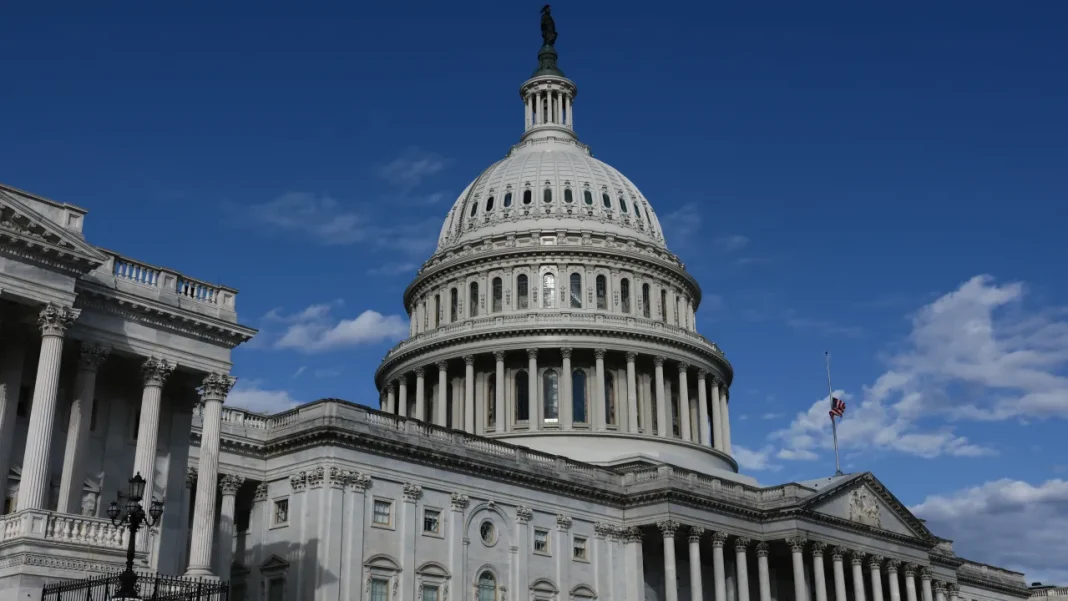The United States Senate has voted to conclude the current government shutdown, transferring the decision to the House of Representatives for further review. This development is a crucial step in resolving the budgetary impasse that has halted numerous government operations.
The End of the Shutdown: Senate’s Role

The recent decision by the Senate marks a significant turning point in addressing the shutdown that has affected various federal agencies. By approving the necessary funding, the Senate aims to restore governmental functions and alleviate the strain on non-essential workers who were furloughed during this period. The bipartisan effort suggests a willingness to compromise, showcasing the Senate’s critical role in the legislative process.
This resolution comes after days of deliberations and negotiations among Senate leaders, who worked tirelessly to ensure that a viable agreement could be reached. The approved measure is expected to provide a temporary budget, maintaining operations while further discussions continue.
House of Representatives: Next Steps

With the Senate’s decision in place, the focus now shifts to the House of Representatives. Here, members are expected to review and respond to the funding proposal. The outcome in the House will ultimately determine the full reinstatement of government functions.
Leadership in the House has indicated a commitment to resolving the shutdown swiftly, with discussions centered on balancing budgetary concerns and the necessities of government operations. The timeline for House approval is critical as continued delays could exacerbate operational challenges.
Impact on Government Services

The government shutdown has had wide-reaching effects on services and employees. From national parks remaining closed to delayed federal services, the impact has been felt across various sectors. The financial strain on furloughed workers and the disruption to public services have been prominent concerns during this period.
The resolution aims to restore normalcy and reassure citizens of the government’s functionality. Ensuring continuity of services remains a top priority as the House reviews the funding proposal.
Economic and Political Ramifications

The shutdown has not only affected government operations but has also raised significant economic concerns. Disruptions in federal spending can have downstream effects on local economies, impacting everything from small businesses to large contractors reliant on government contracts.
Politically, the shutdown has sparked debates over budget priorities and fiscal policies, influencing future legislative negotiations and electoral considerations. The current resolution is seen as a temporary measure, with long-term solutions still required to prevent recurrence.
The decision by the US Senate to end the government shutdown provides a promising step towards restoring order. Attention now turns to the House of Representatives, where swift action is anticipated to solidify this progress.
Source: Official US Government website.





